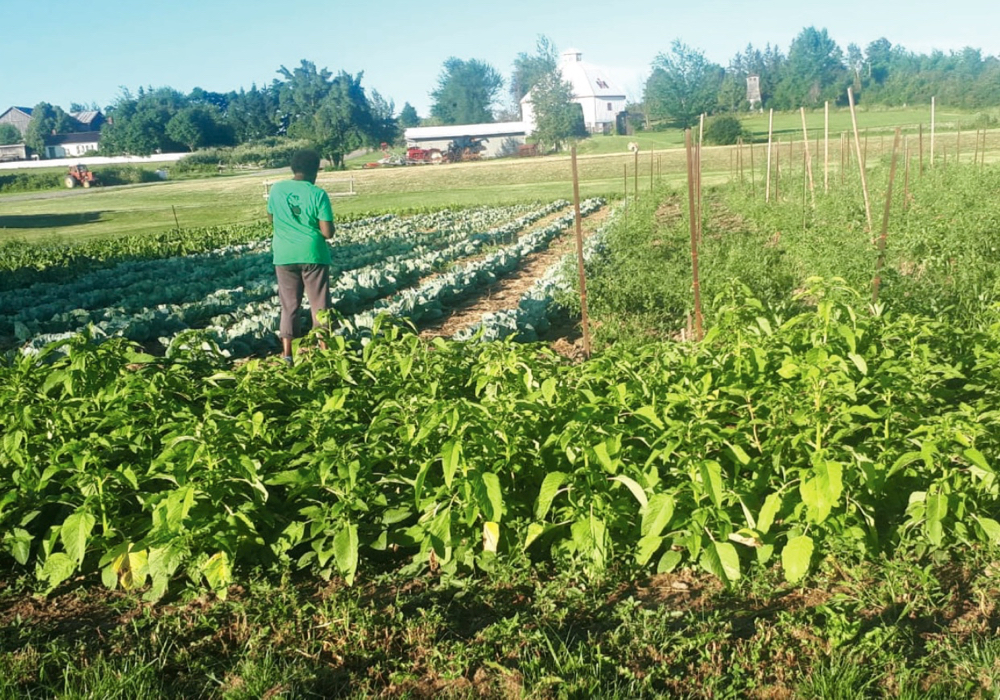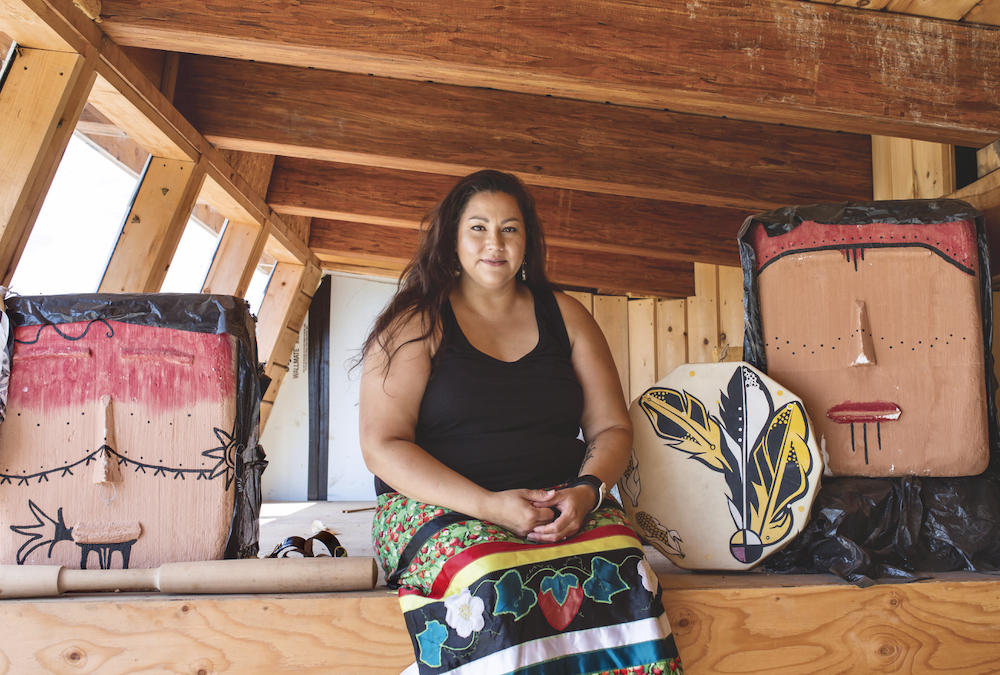Food bank usage increased more than 20 per cent nationally during the pandemic, with children now making up about a third of food bank users.
That’s according to 2021 HungerCount, a report by Food Banks Canada which says a volatile combination of higher food prices, rising housing costs and low incomes has created a “perfect storm” that is driving up the number of visits to food banks.
The need for food banks is widespread. While larger cities have been hardest hit, “a strong undercurrent of need persists in smaller towns and rural areas as seniors and people with disabilities struggle with the challenges of an increased cost of living,” the report says.
Read Also

Employment Agreements Can Help Protect Your Farm
Entering into employment agreements with each of your farm employees should be at the top of every farm’s “to do” list, but caution must be exercised.
The report also emphasizes that “only long-term policy solutions can address the root causes of hunger in Canada.” But in the meantime, many food banks are finding new and innovative ways to provide healthy, nutritious food plus a wide variety of services to alleviate the immediate need.
Country Guide reached out to three local food agencies for a snapshot of some of the innovative ways communities are tapping into local resources while also fostering crucial social connections.
Project protein
In Alberta, farmers are helping those in need through Project Protein, run by the Interfaith Food Bank Society of Lethbridge. Farmers and ranchers transport donated pigs and cattle to a participating abattoir where they are processed into ground meat for food bank families. Processing costs are covered through financial donations to the food bank and producers receive a charitable tax receipt for the value of the animal.
During the pilot program, which ran from 2014 to 2016, a total of 130 animals were donated providing 39,000 pounds of ground beef and pork to those in need. The food bank has continued to offer Project Protein ever since, accepting animals as they are offered by producers.
- [ALBERTA FARMER EXPRESS] Albertans coming together while keeping their distance
The program, one of the first of its kind, has been very successful, says Bill Selles, community health facilitator at Interfaith Food Bank. For example, if an animal is not market perfect but is otherwise healthy, it can be taken to one of four participating butchers located within a 100-km radius of Lethbridge. “It’s gleaning from livestock,” he says.
With the recent price hikes for gas, food and utilities, Selles says they are seeing many new people using the food bank’s services. Their clients include students, the under- or unemployed, those on social assistance, people with disabilities and those working in low-income jobs.
The Interfaith Food Bank also invites clients and those in the community who are new to gardening to participate in their Learning Garden. Local gardening specialists and others from the community volunteer their time to help with the weeding, watering and harvesting.
In addition to providing produce directly to food bank families, some of this produce is processed in the food bank’s two safety-certified kitchens.

Meanwhile, the Co-op Community Kitchen is used by community agencies for programming or to make meals using garden and donated produce for those living in supportive housing units.
In the Interfaith Chinook Country Kitchen, families learn to cook healthy meals on a limited budget. It’s also a place where new immigrants and refugees get the opportunity to learn how to cook with ingredients that may be unfamiliar to them.
“When you see people who are struggling — parents and children — processing food and learning to bake, you know you’ve really done something,” says Selles.
More opportunities
Since its launch in Ontario’s southernmost tip a decade ago, the UHC-Hub of Opportunities, representing 15 food banks that offer 26 programs and services, has rescued and re-purposed 25 million pounds of food, much of it fruits and vegetables from local farms and greenhouses. (Most provinces offer fresh food tax credits to farmers who donate food.)
The need is great in Windsor, says UHC executive director June Muir. With its automotive and hospitality sectors, the border city was hard hit during the pandemic, she says. “We have seen people we never saw before.” In particular, Windsor West has the highest child poverty rates in Canada with a third of children living in poverty.
Muir says being located in an area with one of the largest concentrations of greenhouses in North America means they are fortunate to be able to access a lot of fresh produce. Some of that produce is distributed fresh in food hampers to those in need locally, some of it goes to cities “down the highway” and some to northern and Indigenous communities where rates of food insecurity are even higher than the rest of Canada.
Through the UHC’s Farm to Food program, the produce is used to make soups and other meals by partnering with the Greater Essex County School Board. Under a dual-credit Cooks Pre-apprenticeship program, up to 15 students gain hands-on food service training and experience supervised by the UHC’s Red Seal Chef.
“Students are giving back while learning,” says Muir.
In partnership with the VON, the program also provides low-cost meals to about 300 seniors through the Meals on Wheels program, where the meal deliveries are an important source of social connection for seniors, says Muir.
In another UHC program, about 15 teenagers learn to make typical North American foods during a six-week course. Muir says it’s a way for them to try new-to-them foods. They also get recipes and enough food to take some home to their families.
“It’s about more than eating,” says Muir. “It also gives them a chance to socialize and feel like they fit in … it breaks down the feelings of social isolation.”
While familiar foods are a comfort to them, Muir says newcomers are also eager to try the samples of traditional Canadian dishes that are given out when people come to pick up their food hampers.
UHC also offers community garden plots. About 200 families participate, growing their own produce. Gardeners also grow an extra row that they donate to the food bank. “They want to share, they want to give back,” says Muir.
Hope in Vancouver
On Canada’s west coast, a garden is also bringing people together in a neighbourhood known for its extreme poverty and complex social issues. More than half the residents in Vancouver’s Downtown Eastside are low income and there are high levels of food insecurity. Many have complicated health issues, are homeless, or live in single rooms without cooking facilities. As a result, it’s common for many to have to try to get by on a diet too nutrient poor to support good health.
Downtown Eastside Neighbourhood House (DTESNH) is a community organization which aims to build capacity and leadership in this diverse community, says executive director Rory Sutherland. There are people from many different ancestries including Indigenous people, Chinese-speaking seniors and new immigrant families.
With so many people who are not getting their basic needs met, Sutherland says there can be tension but the neighbourhood also has a vibrant culture and strong caring ethic.
For the past two years Neighbourhood House has been operating an urban farm two blocks away on a vacant lot at Hastings and Hawks. A little more than a half-acre, the garden has brought community members together, says Sutherland. “It’s a peaceful space to garden. People benefit so much.”
The garden has been an evolving project. It started with the cleanup of the site and the building of raised beds in the first year, and moved on to experimenting with different crops the next. Several community partners have come on board to support the project, increasing its impact and its reach.
“There’s a lot of pride and ownership in the space,” says Sutherland.
Last year, the garden produced 4,000 pounds of nutritious produce including leafy greens, potatoes, melons, tomatoes, eggplants and cucumbers. The produce went into hampers for the families and for meals served at Neighbourhood House. The garden also serves as a cultural space with large Indigenous food and medicine gardens.
The land is privately owned so there is some concern about future availability of the site but Sutherland has a dream of being able to buy the property someday. “It’s such a peaceful oasis in a harsh neighbourhood.”
Resources
- Learn more about food insecurity in Canada through Food Banks Canada’s HungerCount2021 report.
















